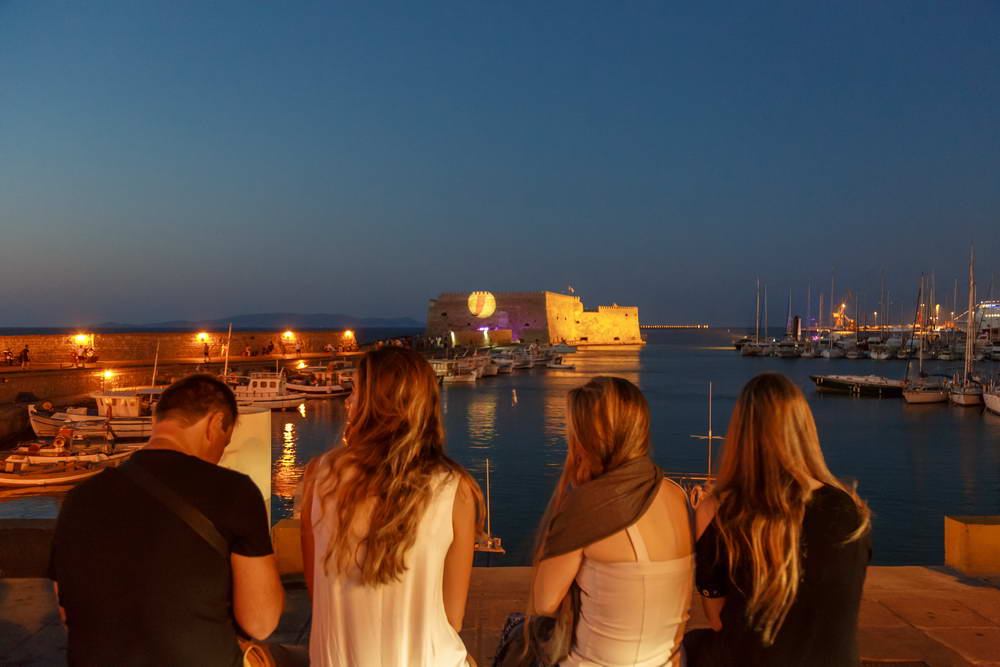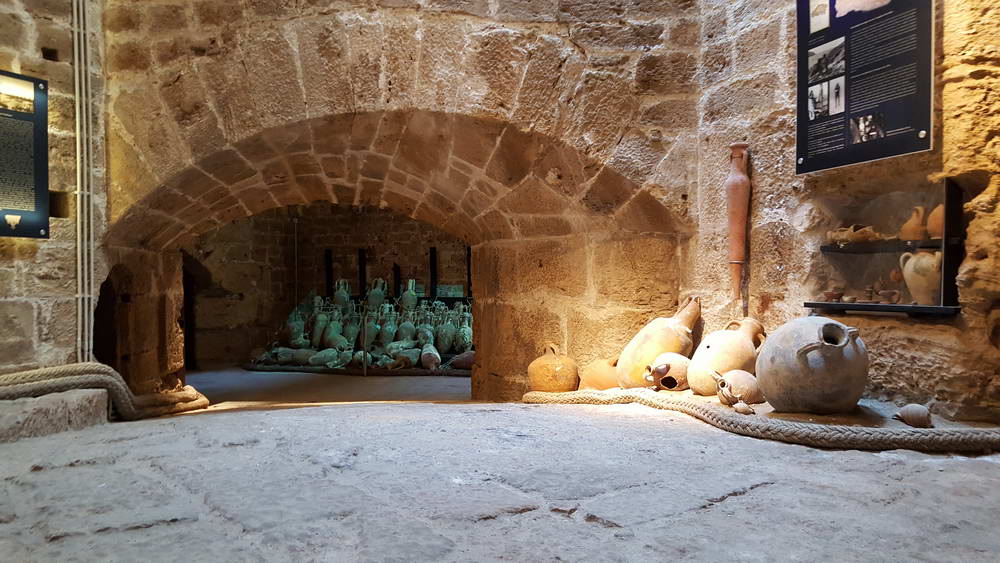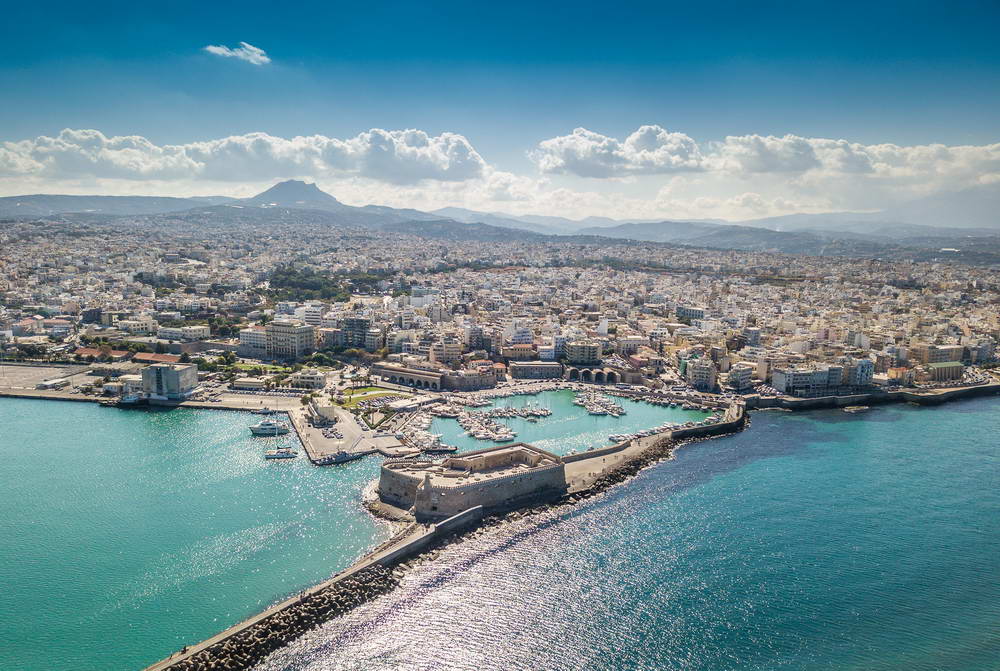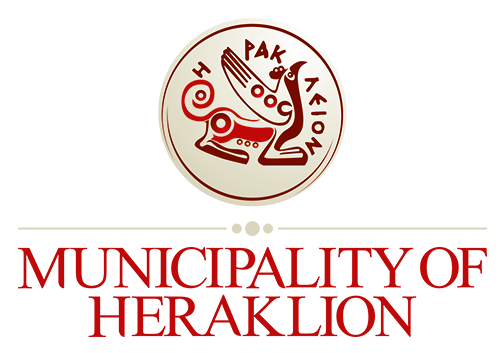Castello del Molo, Rocca a Mare or Koules (a name given during the Ottoman rule) are some of the names attributed to the sea fort which looms over the harbour entrance. The Fortress was built by the Venetians in the early years of the Venetian rule in Chandax before the new Venetian fortification took place there in order to protect both the jetty (breakwater) and the harbour itself which played an important strategic and commercial role in the region. From 1523 to 1540 the harbour took its final form and replaced all former constructions which were destroyed by earthquakes or other reasons.
The fortress is built on two storeys and occupies a surface area of 3,600 sq. m. Its massive structural sessions were brought from Fraskia and Dia. The ground floor comprises 26 apartments, separated from each other by thick walls, which served as food and ammunition warehouses, as well as prison cells where many Cretan rebels were kept and suffered severe torture. Upstairs there were rooms for the castellan and the officers of his garrison. There was also a bakery, a mill and a small church. On the three sides looking towards the sea, there were embrasures for the cannons which protected the harbour. In 1630 there were 18 cannons on the ground floor and 25 on the upper floor. There was also a ramp which was used to transport cannons as far as the rooftop. The northeast, west and south outer walls of the fortress were decorated with marble reliefs of the winged lion of Venice which are partially visible today. The fort ramparts have been reconstructed.
Construction of the harbour was completed in 16th and 17th century. Dockyards and ‘tarsanades’ (shipyards) were constructed both on the north and eastern part of the harbour where the Venetians used to build and equip their battleships and merchant vessels.
The fact that the harbour was surrounded by the Venetians generated a need for communication with the city. Thus, two gates were opened, “Molos Gate” and the “Dockyards Gate” which no longer exists up to the present day.
In the 19th century and following either natural disasters or human interventions, the Venetian harbour began to lose its own identity. Modern needs have given the Venetian harbour its final form, with the opening of a coastal highway and the construction of the new harbour.




















